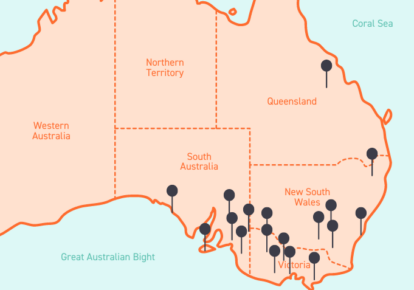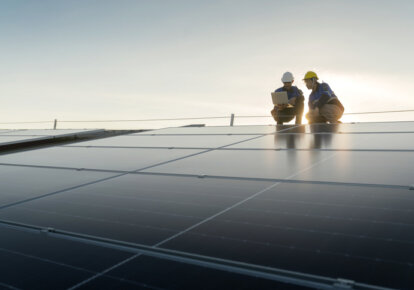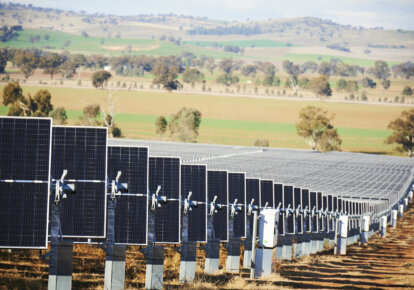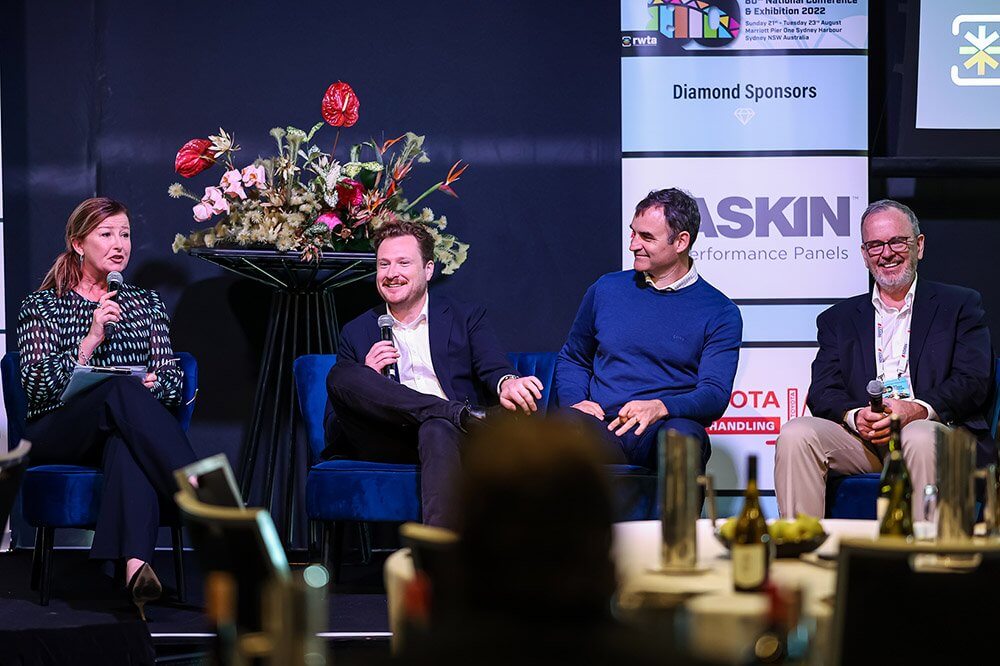With so much customer interest in our new Solar Power Purchase Agreement (PPA) solution in recent months, it was an easy first choice.
Hosted by Matthew van der Linden (Founder of Flow Power), David Evans (Director) and Elena Baai (Renewable Origination Lead), our inaugural Webinar attracted many senior managers of large businesses around the country.
The Webinar explored the following key issues:
- The changing power market and why retailers are buying up PPAs
- How business power is sourced by retailers
- The basics of a Corporate PPA and its international uptake
- What solar minus the panels looks like for business
Specifically, Matthew explained that most retailers disconnect customers from the signals of the wholesale market. He said that even though retailers are repeatedly signing contracts with large-scale renewable projects for a low as 6c/kW, their customers are still paying 16c/kW.
David then outlined that retailers buy power on the National Electricity Market (NEM) or the spot market through hedging contracts and direct agreements with generators.
And that’s where solar minus the panels comes in.
Elena then took the floor to explain that businesses can now buy a fixed percentage of a plant’s output to account for part of their power use at a very low rate.
How it works: PPAs for business
During the Webinar, our hosts explained that a PPA could:
- Be as low as 50% of current market rates
- Account for as much as 60% of your business total energy use
Whatever you don’t use can be sold back to the market, or to Flow Power.
What’s more, any power you need outside the PPA can be bought on the wholesale market through one of our Power Plans.
The benefits of Solar PPAs are therefore easy to see:
- Certainty
- Flexibility
- Transparency
Most importantly, your business can lock in a low cost power contract without the hassle of installing panels or renegotiating every three years.
Then it was time for questions
Here are the highlights from our Question/Answer forum at the end of the Webinar.
Q: How do batteries impact this model?
You can integrate batteries into this solution at any time. Battery storage would allow you to shift energy intensive activities during different periods of the day.
Flow Power is currently modeling potential battery technology for our customers to use.
Q: What types of businesses are most suited to PPAs?
Any businesses that use over $8,000 of power a month.
Q: How much capacity is available?
You can contract in any state, but there is ample capacity available, depending on when you need it.
There is a very large pipeline of solar that will be available in the next 12 to 18 months.
Q: Are PPAs available in all Australian states?
We are offering PPAs across the NEM – that’s Victoria, NSW, Queensland, Tasmania and South Australia.
Q: Would we sign up to a committed usage or a variable quantity?
You would sign up to a percentage of the output of the plant, which is a proportion of what the solar plant produces.
Q: How do you address network charges?
Network changes remain as they are. Flow Power passes through all network charges transparently.
Q: What happens when there’s insufficient renewable energy available? Do we automatically defer to the wholesale market? If so, how do we control this?
You have several options outside solar generation. You could be on a fixed rate contract or on a Flow Power wholesale plan.
However, developers and operators provide guarantees from the plant, which would be passed on to you.
Q: What prices apply if the solar plant is offline?
This depends on the wholesale power plan you go for, but normally, you would pay the wholesale electricity price at that time.
If you were on a traditional fixed priced contract, this would be difficult to achieve. That’s because traditional retailers rely on you buying a fixed amount at a fixed load. But because solar reduces a portion of that load, it simply wouldn’t work.
However, buying wholesale makes it easy. If the plant is offline for whatever reason, we can plan for that.
Q: Why isn’t anybody else offering this?
It’s a simple case of consumer-driven demand. Solar PPAs are already very popular internationally.
Now that we are seeing demand within Australia, businesses just need the right retailer to deliver on it. As the market opens, more and more businesses will start to see PPAs as an essential strategy to compete.
Q: Can we use daytime solar to charge our onsite battery for peak use?
You would need to assess the economics of it. But yes, you could do that.
Q: How do we sign up for a Solar PPA?
First step is to get in touch with us. We’ll help determine if solar is best, or maybe even wind. That’s when we would bring in a Hybrid PPA.
Q: Will rates be similar to solar if we pair it with wind for off-peak rates?
Wind is a little cheaper than solar on balance. There is the potential to combine the two. In fact, some hybrid sites are now being built in Australia.
So the answer is yes
Any questions? We’re here to help.
If you’re interested in learning more about solar, our friendly team are always available for a chat.
If you’re an existing Flow Power customer, please do not hesitate to reach out to your account manager.
If you’re not a Flow Power customer contact our friendly team today:
? 1300 08 06 08 (within business hours)
?️ Live chat message (within business hours via the chat button at the bottom of your screen)
Alternatively, you can submit your questions through our website contact form here.














